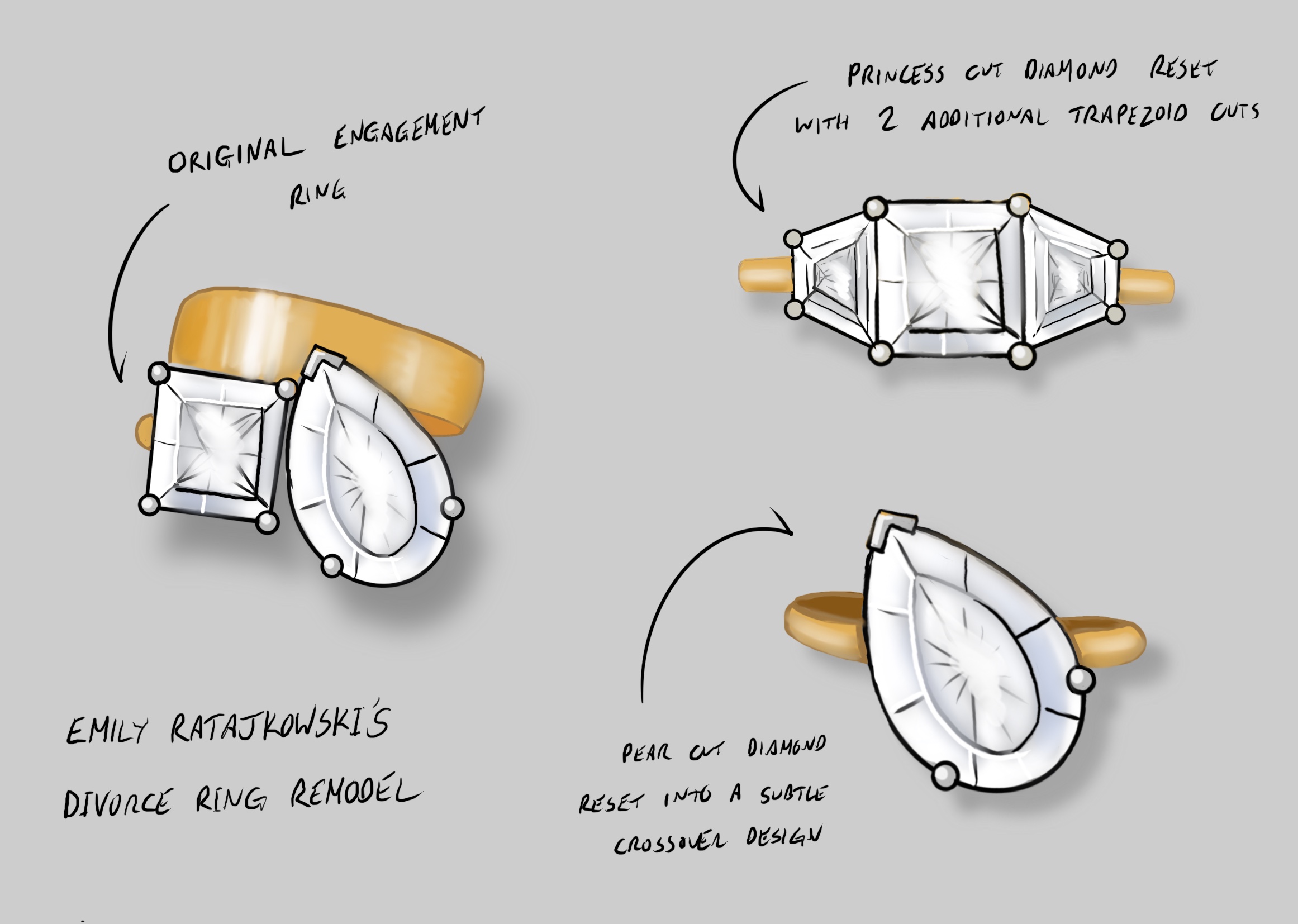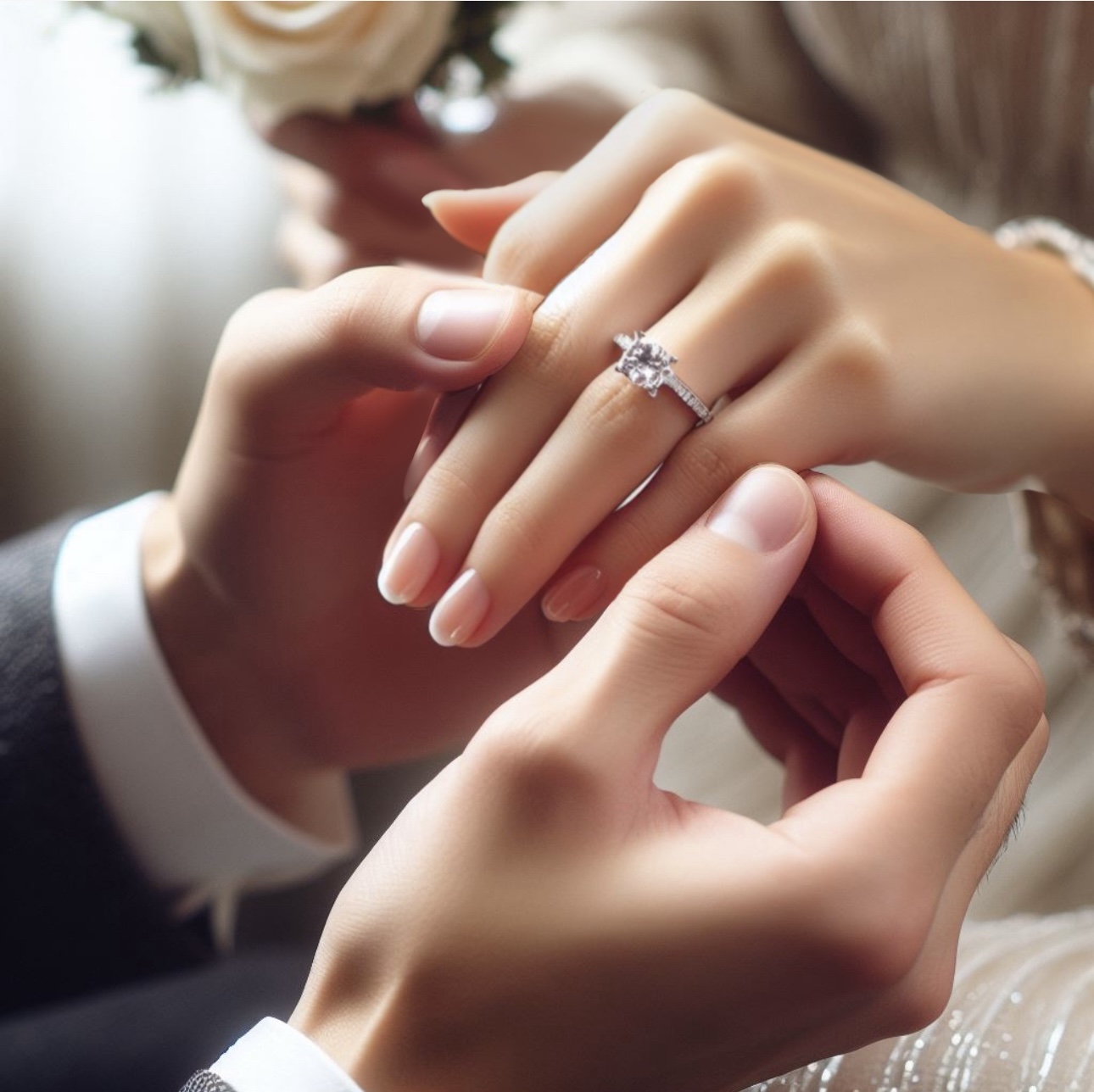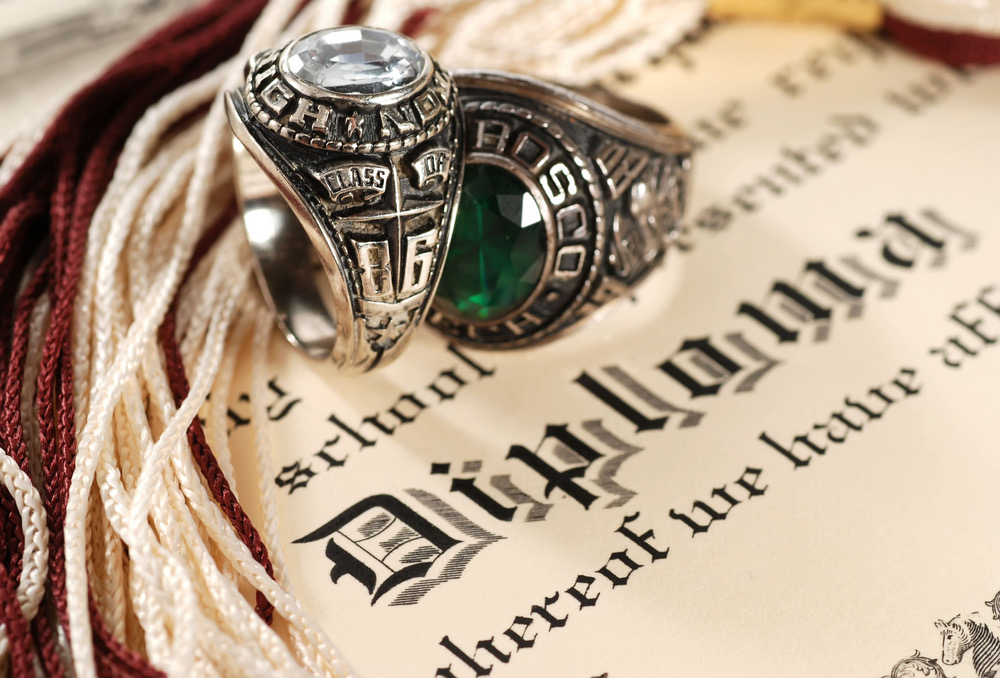
Transforming Pain into Beauty: The Rise of Divorce Rings
Transforming Pain into Beauty: The Rise of Divorce Rings In jewellery a Diamond is usually a symbol of love whether
choose a stone…
choose a setting…
choose a metal…
choose a finish…
…choose ring
21 Meeting House Lane
Brighton East Sussex
BN1 1HB
1273 773 544
21 Meeting House Lane
Brighton
East Sussex
BN1 1HB
Categories:
Diamond Shape & Cut
Through
artistry and technical skill a diamond can acquire different shapes, including
old hand-crafted cuts, modern cuts, hybrid cuts, as well as fancy cuts with
many extra facets. Stepped cuts enhance the luster, clarity, and whiteness of
the diamond, while brilliant cuts accentuate its fire, meaning its reflective
power. At RING Jewellers, we provide you with a large spectrum of choices so
that you will be able to pick the engagement ring that best meets your aesthetic criteria, always
at highest quality standards.
Evaluating Cut
According to
GIA’s evaluation, one of the 4Cs is Cut, meaning the degree to which a shape
has been cut correctly to reflect as much light as possible. A diamond that is
cut too shallow or too deep will allow light to escape through its bottom or
sides respectively, and similar leak of light will happen when a diamond is not
cut symmetrically. The diamond that qualifies for excellent cut is one that
reflects light thought its top facet or ‘table’; something that offers outmost
brilliance. When the Gemological Institute of America grades diamond cut as
excellent, very good, medium, or poor this has a direct impact on its value.
Round Brilliant Cut
Since 1919, the
round brilliant cut is the most popular of all, comprising three quarters of
consumer picks of engagement rings. Their 58 facets are allocated as 33 on the
crown (the top half above the middle of the stone) and 25 on the pavilion (the
lower half). Because they reflect light more than other shapes, those of lower
(more yellow) colour grade might look equally white, and the same applies to
lower clarity diamonds which have a knack for hiding imperfections better than
other shapes. This means that you can get a better-looking diamond at a lower
colour or clarity grade and eventually at a lower price.

Emerald cut
Known also as
step-cut, these minimalist diamonds account for only 3% percent of available
shapes in the market. Originally invented for emeralds back in the 1500s, this
cut shows off imperfections more, and this is why it coincides with higher
clarity stones. The concentric rows of 57 or 58 facets have to be perfectly cut
and polished so that they create their signature dazzling ‘hall of mirrors’
effect.

Marquise cut
Known also, but
not commonly as ‘navette’, it is the rarest among main cuts. Its elliptical
shape with pointed ends qualifies for rather dramatic styles of engagement
rings. With 58 facets as well, it has its roots in King Louis XV of France
(1710-1774), who commissioned a new lip-shaped diamond cut for his mistress
Marchioness Madame de Pompadour. What we are looking for here is the perfect
symmetrical cut with aligning ends.

Radiant cut
Square or
rectangular, the radiant cut, conceived by Henry Grossbard in 1977, features a brilliant
pattern on both the crown and the pavilion. Its basic difference from the
Princess cut is that it has cut corners or otherwise trimmed edges as opposed
to uncut, sharp ones. It is characterized as a mixed cut and has 70 facets that
reflect light in an impressive way.

Asscher cut
In the GIA
certificates it is mentioned as Square Emerald cut due to the same stepped
style that creates the ‘hall of mirrors’ effect. It has 58 facets with trimmed
corners, a tall crown topped with a small table and a deep pavilion. It was
created by cutter Joseph Asscher in the beginning of the 20th
century as part of the Art Deco movement. Since then it’s been redesigned to
include 74 facets.

Oval cut
With origins as
deep as two centuries ago, the modern oval was first introduced by jeweller Lazare
Kaplan in the 60s. It is a modified brilliant cut that reflects light nicely,
and looks bigger than same-weight round ones. Similarly to the Marquise cut, we
make sure that the stone is proportionally cut to avoid the ‘bow-tie effect’
which is darkness in the middle caused by unsuccessful diffusion of the light.

Cushion cut
Since the 19th
century it has been evolving into a classic. Square or rectangular, it is
graced with rounded corners that allude to the shape of a pillow. Its 58 facets
are large enough to enviably disperse light and mask any imperfections. This is
the most brilliant of all square cuts.

Old mine cut
From the early
18th and 19th century we have the forerunner to the round
brilliant cut, which a squarish cushion-like hand-cut shape with 58 facets, a
smaller table, larger culet (bottom facet), and a higher crown. Each vintage
stone like this has its own shape, not as perfectly cut as those with laser but
surely very unique, often dispersing and reflecting light in unexpected ways.

Right Shape
Your diamond
shape choice should be largely dictated by your finger’s proportions. Elongated
shapes work better for shorter fingers while square shapes are ideal for longer
ones. Fuller shapes fit larger fingers better as opposed to slender shapes that
look amazing on slimmer fingers.
You can take a look at some more of our diamond engagement rings by clicking here.
You can take a look at some more of our diamond engagement rings by clicking here.

Transforming Pain into Beauty: The Rise of Divorce Rings In jewellery a Diamond is usually a symbol of love whether

Which finger is the engagement ring worn on? In the UK, as with many other Western countries, an engagement ring

U.S. Graduation Rings And The Symbolism Behind Them As Super Bowl LVIII (58) comes to an end the Kansa City
Tel: +44 (0) 1273 773 544
Email: ringdesign@hotmail.co.uk
21 Meeting House Lane
Brighton
East Sussex
BN1 1HB
Open 7 days a week
Mon-Sat: 10:30am – 5pm
Sun: 11am – 4:30pm